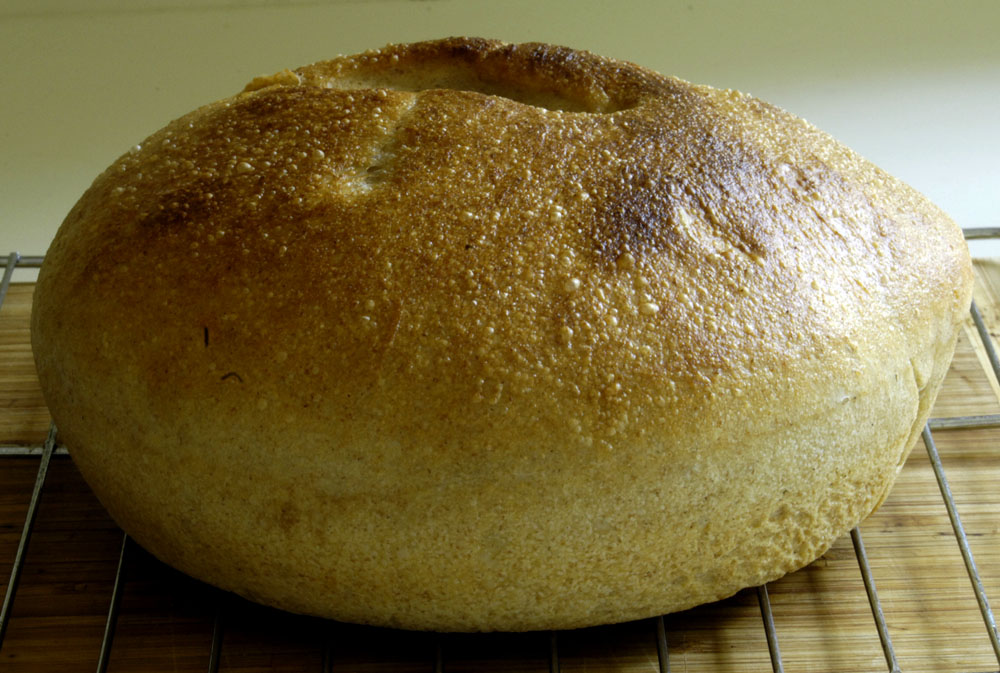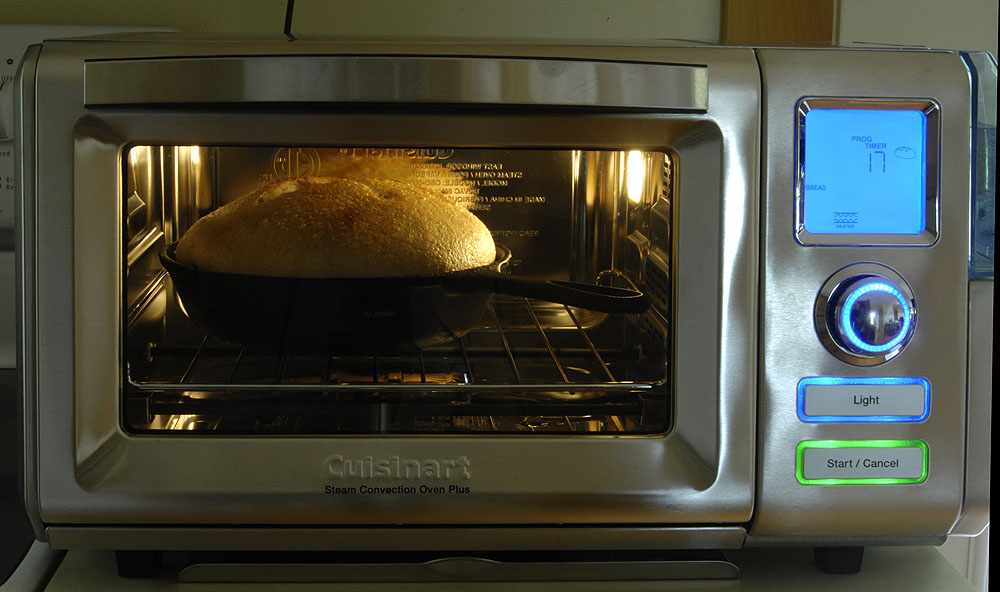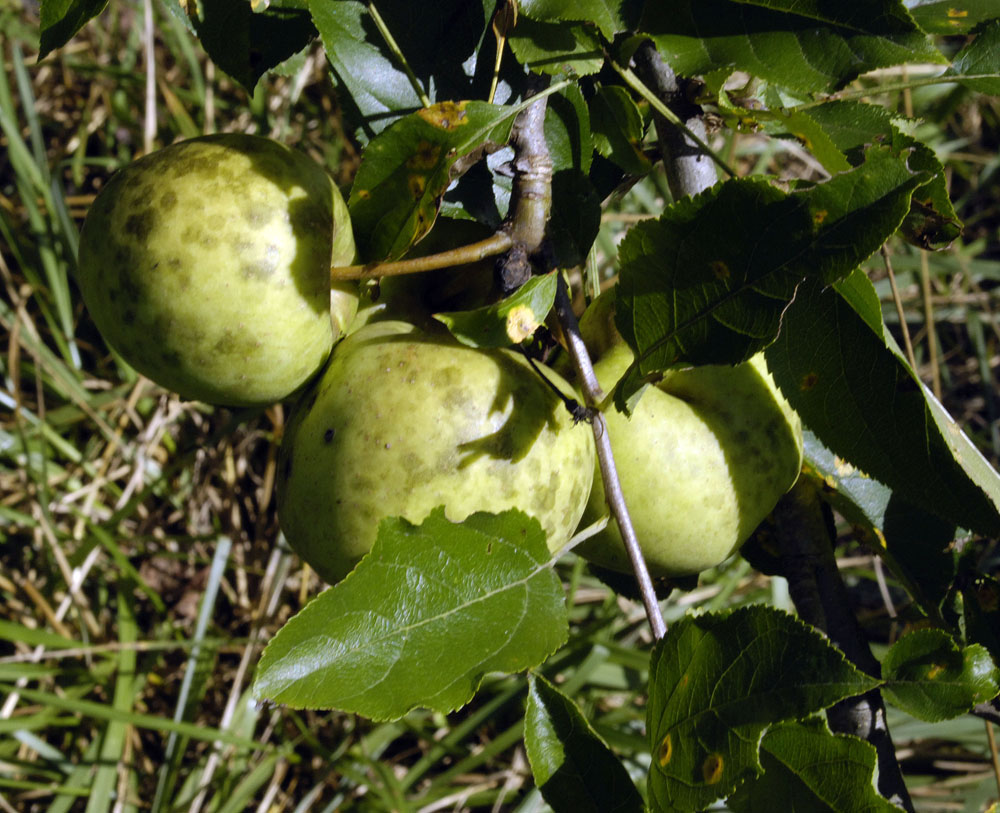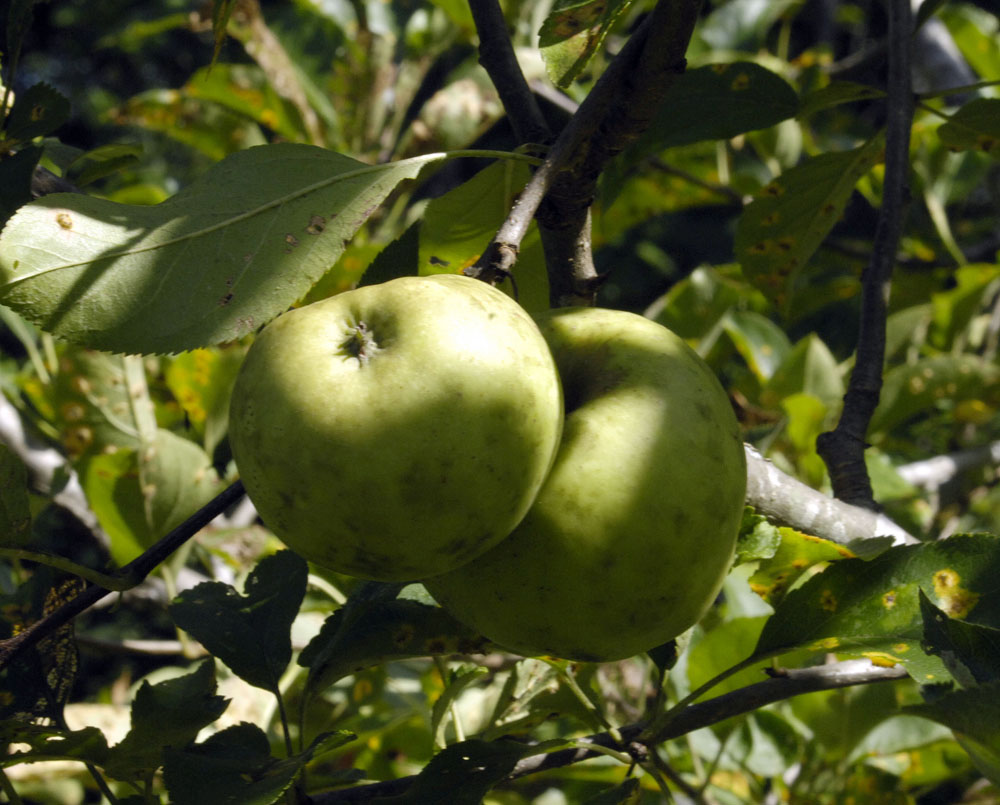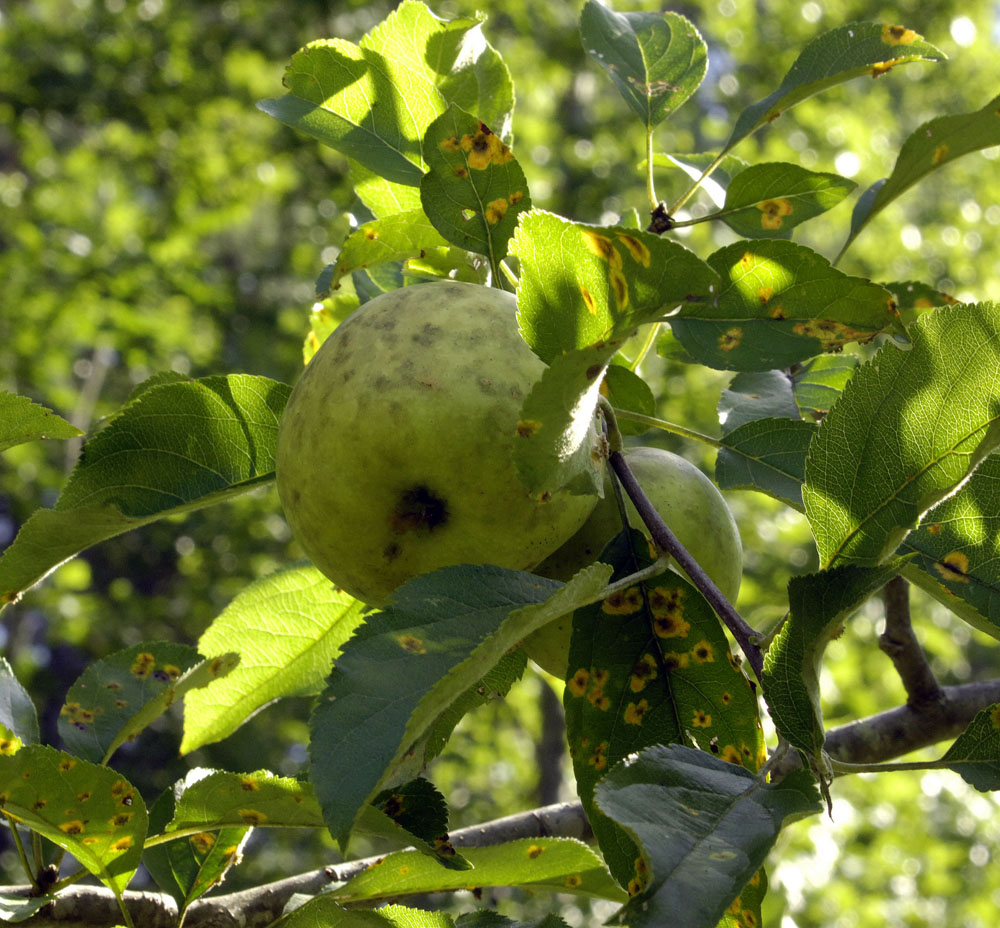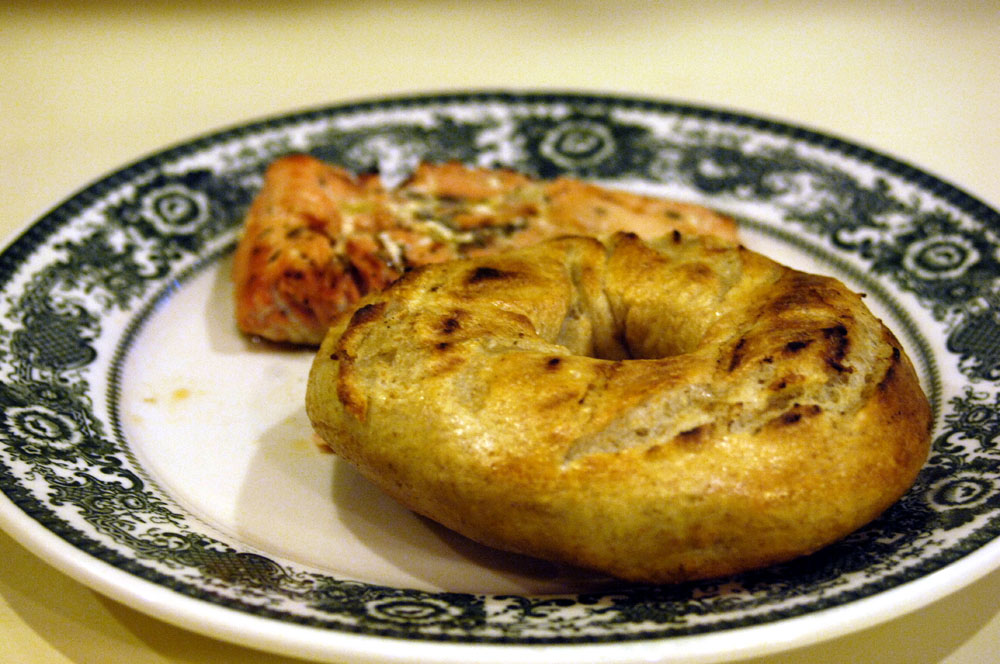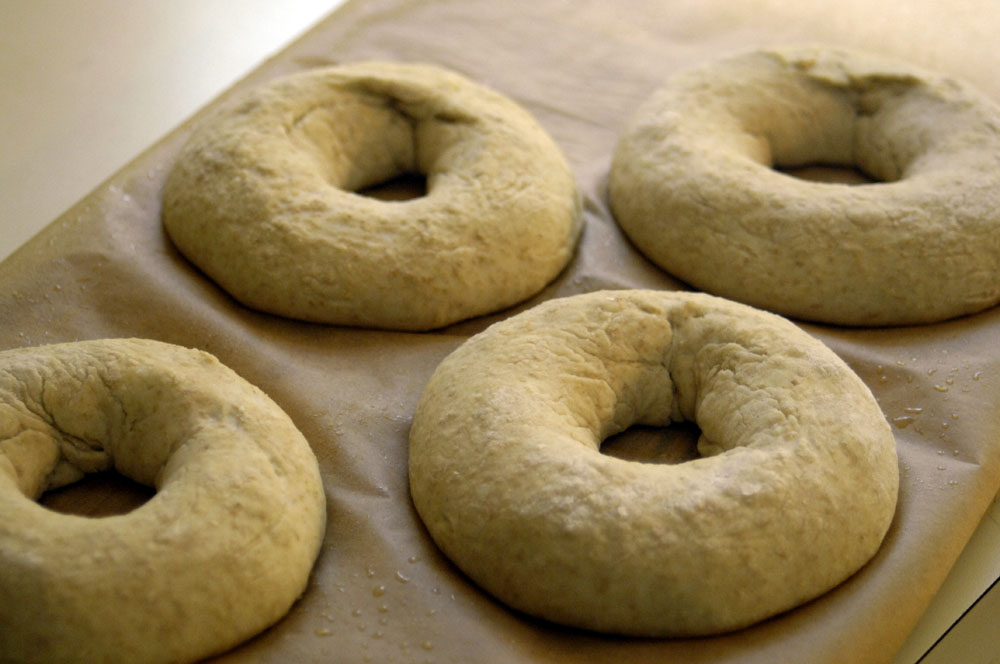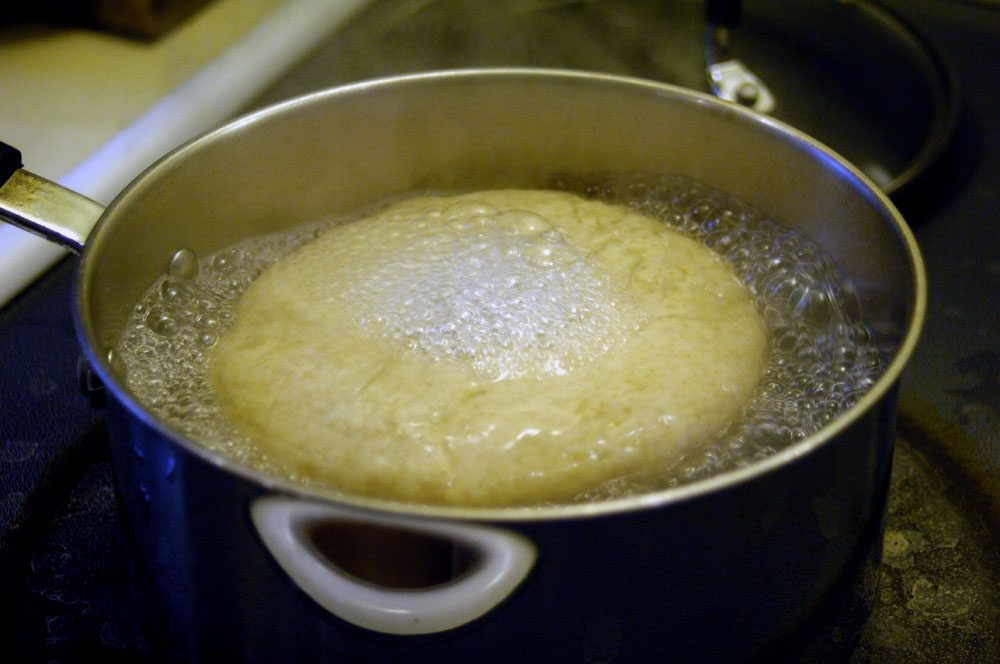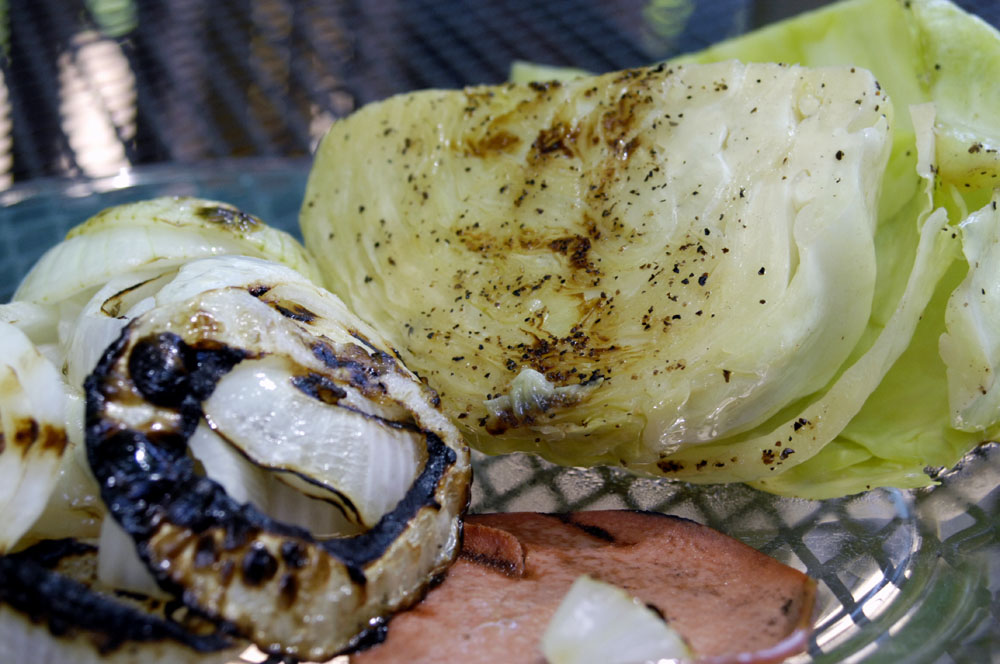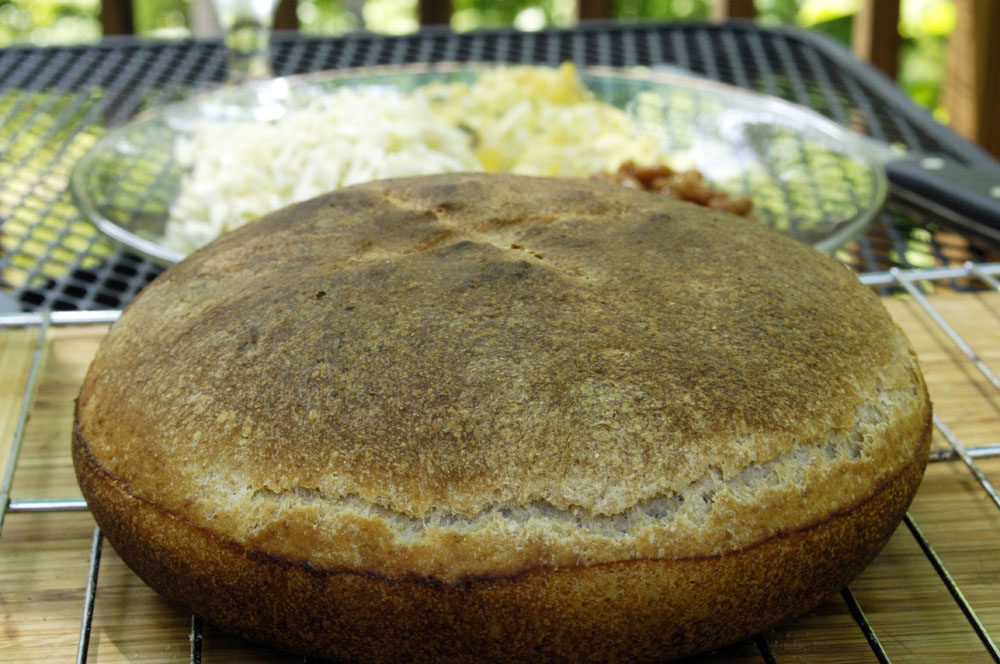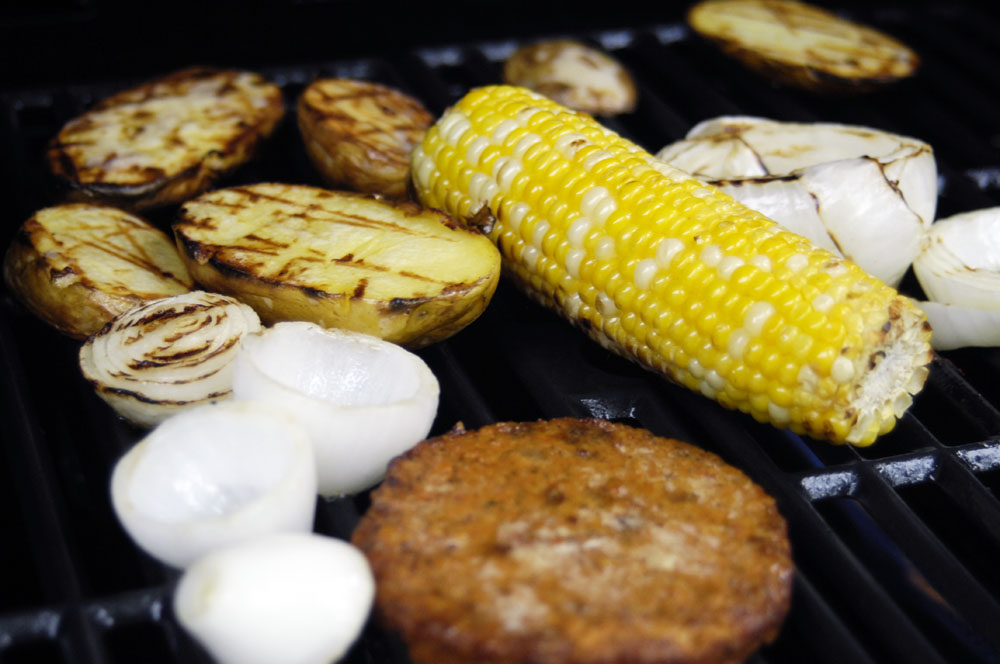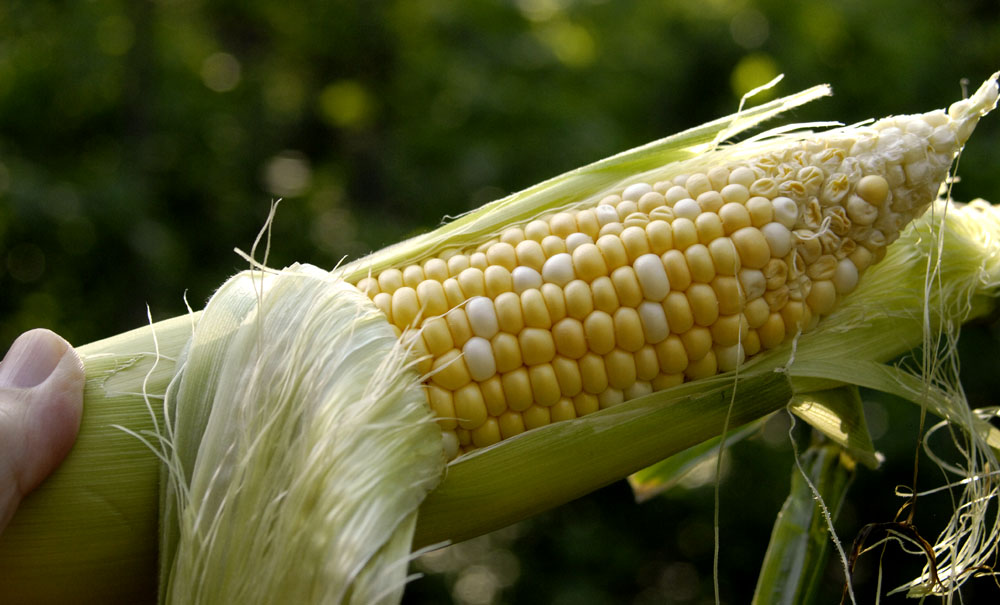After you have struggled for as long as I have to make professional quality bread at home, including sourdough, you eventually realize that it cannot be done without a steam oven. Truth is, throwing water into a hot even accomplishes very little. The Dutch-oven method of baking — trapping steam inside a covered Dutch oven — is hardly any better.
From Googling for steam ovens and dreaming, I’ve long known that commercial steam ovens can’t be had for less than about $3,000. I’d often wondered why no one (or so I thought) made an affordable steam oven for home use. Somehow I missed the fact that Cuisinart came out with such an oven early last year. It’s a combination steam, convection, and toaster oven. It’s the Cuisinart CSO-300. It can be bought in the usual places from Williams-Sonoma to Amazon in the range of $265 to $285. Of course I bought one as soon as I became aware of its existence and read up on the reviews.
I won’t attempt a full review of an item I’ve baked in only once, but it worked beautifully for my first loaf of sourdough bread. The oven can serve as a proofer, using a temperature of around 100 degrees F plus steam. I gave the loaf its last rising in the oven, then baked it using the oven’s bread mode. Bread mode starts out with steam for the first part of baking. Then it shuts off the steam and switches automatically to convection mode. The steam-assisted final rise plus 10 or 15 minutes of steam as baking starts gives a fantastic oven spring — the best I’ve ever had, by far, effortlessly. The steam also gives the crust that nice “shattery” texture that proper bread should have.
I often feel a fair amount of remorse when I spend money on nonessentials. But it was pretty easy to justify this purchase. Being able to bake proper bread is a part of it. But the small oven also uses far less energy than a big oven. This oven is better insulated than most small ovens. It’s the first convection oven I’ve ever owned. My only oven was the big oven in the stove. Those who have reviewed this oven say that the steam function is great for reheating leftovers without drying them out. I have not owned a microwave oven for years, just because I don’t like what they do to food. Until I bought this little Cuisinart, I did not really have an efficient way of reheating leftovers. I have not tried it, but the oven’s “super steam” mode is supposed to be great for steaming vegetables, a job I usually do in a covered saucepan. “Super steam” also is said to be good for casseroles that need to stay moist, such as rice dishes. I’m sure the super steam mode will be great for my vegan meatloaf, which contains barley, ground walnuts, and soybeans.
Next: probably a peach pie. Someone gave me a bunch of homegrown fresh peaches.

